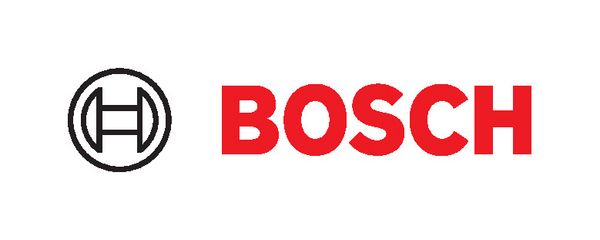Healthy eating starts with healthy shopping.
If you want to create a healthier lifestyle, the grocery store is your starting point. Healthy shopping can be difficult because there are so many choices to make and temptations to avoid. That's why we've collected some tips to help you make healthier food selections.
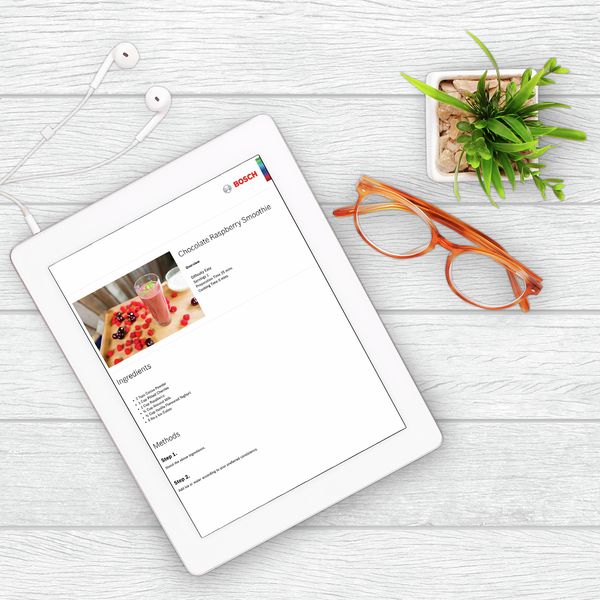
Plan ahead.
Start the process even before you go shoping. Plan your meals for the week, and create a list to shop from. This will only take a few minutes, but will help you stay focused and avoid buying food you don't need.
Also, don't shop on an empty stomach. Grocery shopping while hungry will lead to impulsive purchases that are not the healthiest choice.
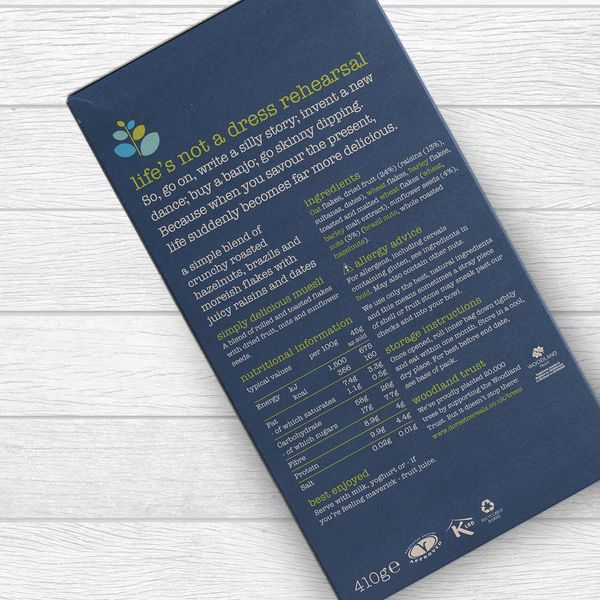
Read nutrition labels carefully.
Reading nutrition labels is crucial, especially when you buy pre-packaged foods. Be sure to check the number of servings and calories, and look at the serving size. Count the calories, but also make sure the calories count: compare them with the nutrients they offer. The more nutrients and fewer calories, the better. Try to avoid sugars by looking for foods and beverages low in added sugars. A similar thing with fats: look for foods low in saturated and trans fats, and cholesterol. You'll find healthy fats in fish, nuts, and vegetable oils.
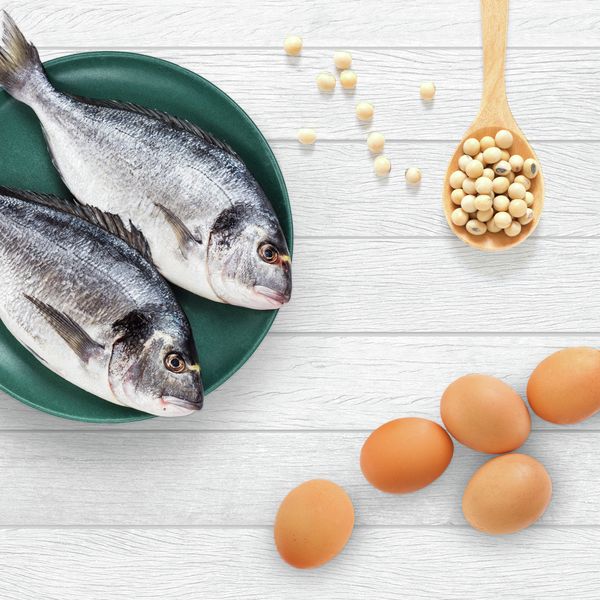
What to consider when buying proteins.
If you're not vegetarian or vegan, look for proteins from animal sources- all the essential amino acids needed by the body can be found in a single food (e.g. beef, lamb, or fish). Always to try buy fresh meat or fish and beware of fishmongers with unpleasant odors. Fresh fish have bright, clear eyes without any dullness and should appear clean without any discolored patches.
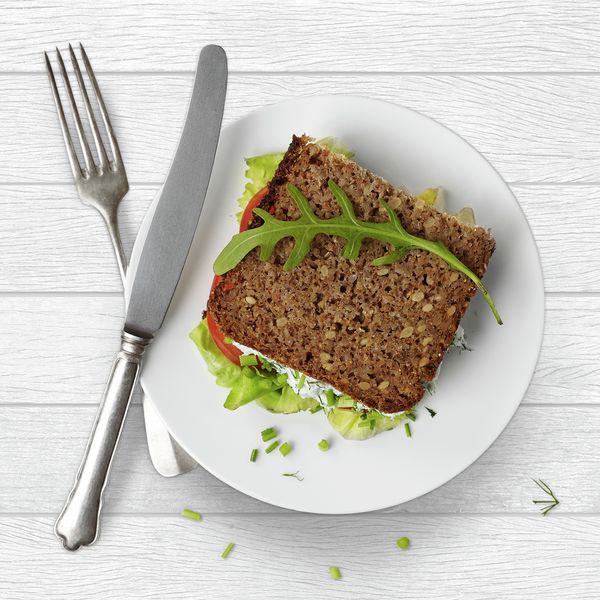
What to consider when buying bread.
The first ingredient in your bread should be whole grain flour. Without the word "whole", the bread is made with refined grains which means valuable nutrients are lost. Don't let the color trick you- just because it's brown doesn't make it whole grain. Sometimes, manufacturers add molasses or other coloring to darken the bread.
You should also aim for at least 1 gram of fiber for every 10 grams of carbohydrates.
While the ingredient list for store-bought bread is usually longer than a recipe you'd follow at home, not all ingredients are bad. Ascorbic acid and glycerol, for example, aren't harmful and simply help to extend the bread's shelf life.
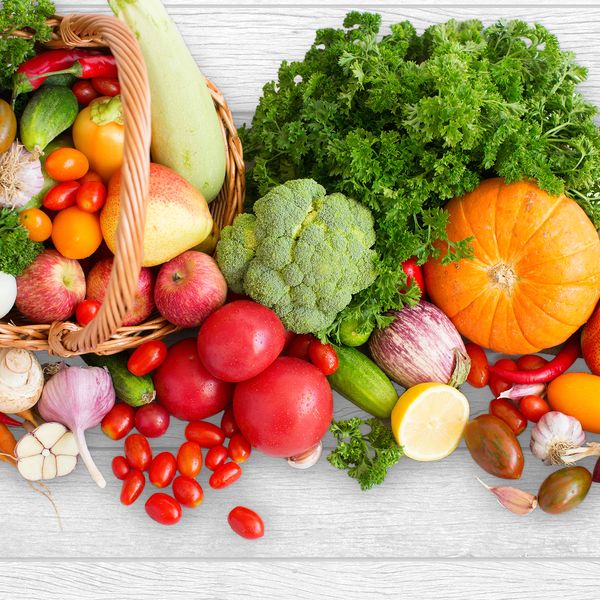
Celebrate seasonal fruit.
When shopping for fruits and vegetables, be sure to always buy fresh produce that is in season. Their taste is more intensive and they are usually less expensive when in season. Check your local farmer's market for seasonal produce. Buy small amounts frequently because some fresh vegetables and fruits don't last long.





